Forecourts need to prepare themselves for a rise in counterfeit notes following the recent introduction of the new £20 polymer, according to Mike Severs, sales and
marketing director at Coventry-based Volumatic, the intelligent cash-handling specialist.
“These plastic-style notes - which joined the £5 and £10 notes in circulation - are not only more durable, but have heightened security features to help prevent counterfeit notes,” said Severs.
“However, as all seasoned retailers will know, as long as there’s cash, there will be note forgeries. And, while the introduction of the new £20 polymer may help to reduce fraudulent notes in the long run, their debut means that retailers, especially forecourts, need to prepare themselves for a rise in counterfeit notes.”
Severs explained that when a new note comes into circulation, the old version of the note will be withdrawn, but the Bank of England has yet to set a deadline day for the withdrawal of £20 paper notes - when this happens, they’ll give six month’s notice.
“Consequently, individuals will be looking to use up their old paper notes in a short timeframe. Similarly, those with fake notes will be looking to get rid of their counterfeits while they may still fool some retailers and consumers.
“Forgers believe the best way for counterfeit notes to go undetected is through smaller retailers who may not have advanced forgery detection devices in their stores or through forecourts,” said Severs.
“With high-value payments in forecourts and the time-pressure of serving customers quickly, it can be easy for forgers to slip in counterfeit notes alongside real notes so that all of the cash in the payment look authentic. Forgers hope that retailers won’t check each note individually. Consequently, they can get away with their crime, only spending one or two real notes on a fuel order that could be of a significantly higher value.”
He said forgery techniques are now so advanced that many traditional forgery detectors are entirely ineffective. UV light detectors are duped as forgers cover notes with a sunblock style solution, while counterfeit pens that try to detect starch in the paper do not work if forgers make their notes out of a cotton-style material rather than paper.
As well as the fact that the note will soon be out of circulation, £20 notes offer another big concern for forecourts as they are the most counterfeited notes in the UK., according to Severs.
“In the first six months of 2019, 88% of the counterfeit notes detected were £20 notes. Furthermore, 90% of the fake notes going through your business are likely to be a fake £20.
“When you consider that in the six months before withdrawal, paper £10 note forgeries were at a high of 11,039, the number of fake £20 notes could be astronomical. In 2018, for example, the Bank of England removed 461,000 fake £20 notes from circulation. It still remains to be seen how many £20 note forgeries are still out there. Now, with the time pressure to use them up, retailers will need to be especially careful with all of the £20 notes that enter their stores.”
Severs said creating cash forgeries has been a practice that dates back to 400BC in Greece. So, while technology progresses, there will always be the risk of counterfeit money. However, the introduction of polymer, once paper notes are withdrawn, will offer retailers some respite.
“Forgers have yet to create convincing polymer counterfeits,” he explained. “After the withdrawal of £10 paper notes, there were only 63 reports of fake £10 polymers in two years. Similarly, there were just 46 counterfeit £5 polymers spotted in the three years after paper equivalents were removed from circulation.
“However, checking notes still remains a vital aspect of a cashier’s role,” stressed Severs. “Forgers are incredibly advanced, and some notes (such as Australian counterfeit polymers) are even fooling the banks. Ensuring your business has suitable counterfeit detection methods is the only way to protect your business and your profit margins.”








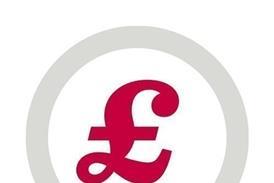
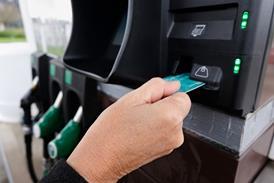



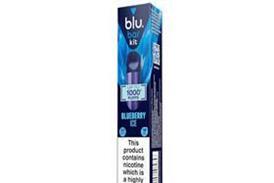

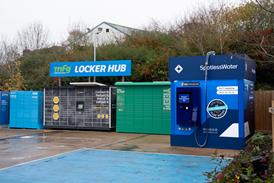
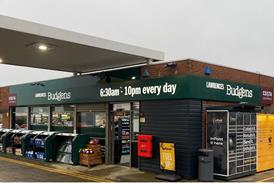






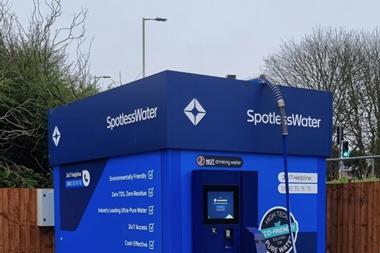

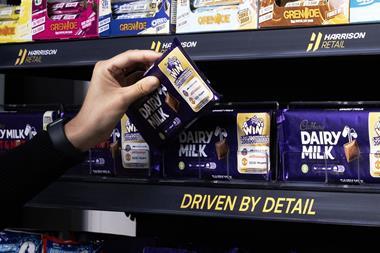
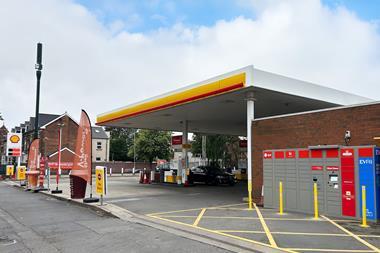

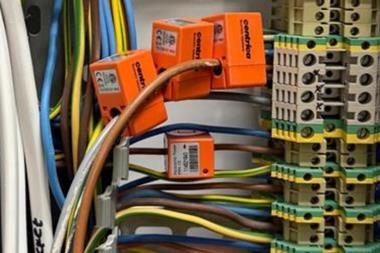
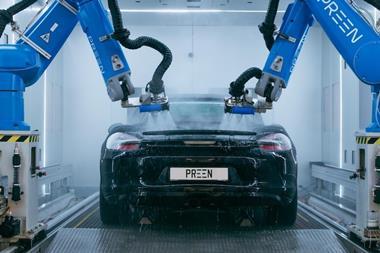

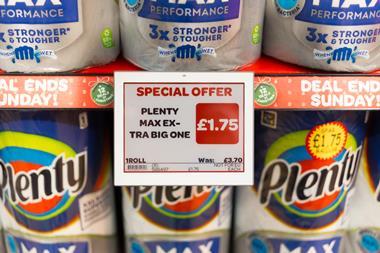
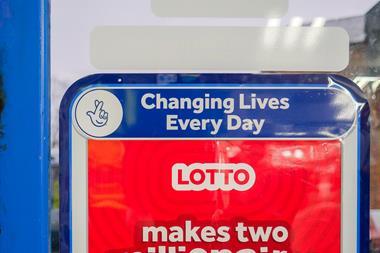
No comments yet